- Joined
- Nov 26, 2005
- Messages
- 5,024
- Reaction score
- 10,000
Here are some photos of the gun along with 2 original English fowlers that are over 250 years old. The India-made Ketland officier's fusil is in the middle. The bottom gun may have been a private purchase fusil by an officer serving in North America.
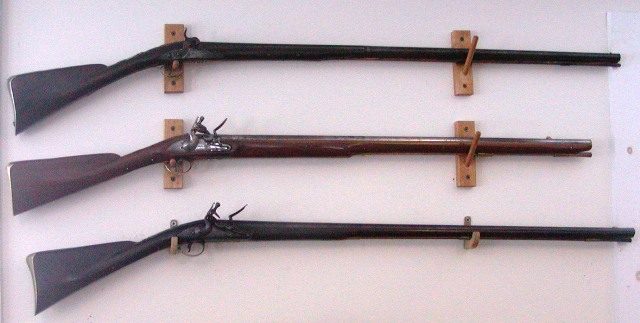
Here are some more detailed photos along with an original English fowler.
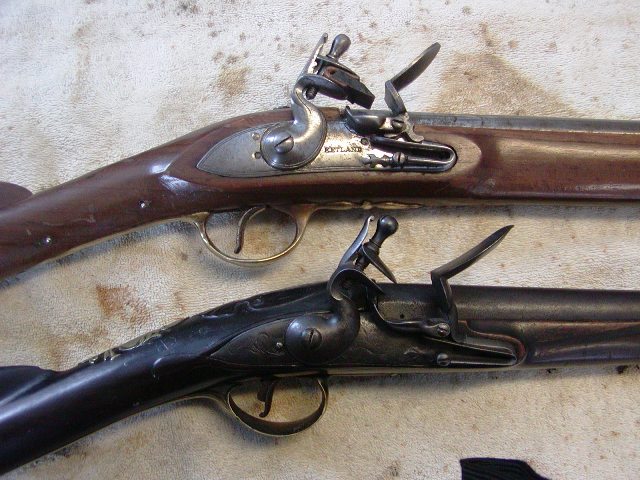
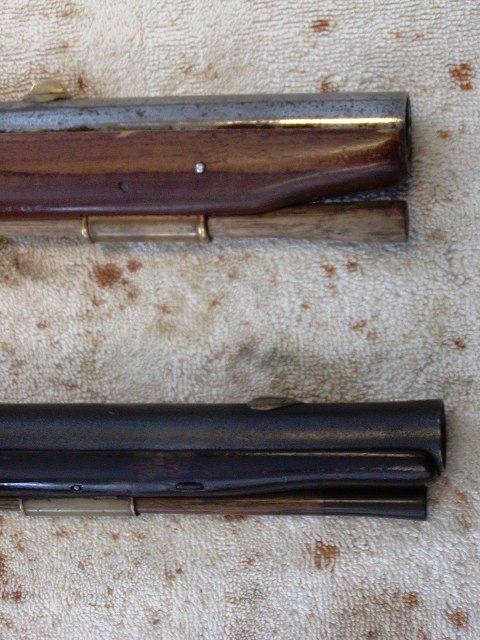
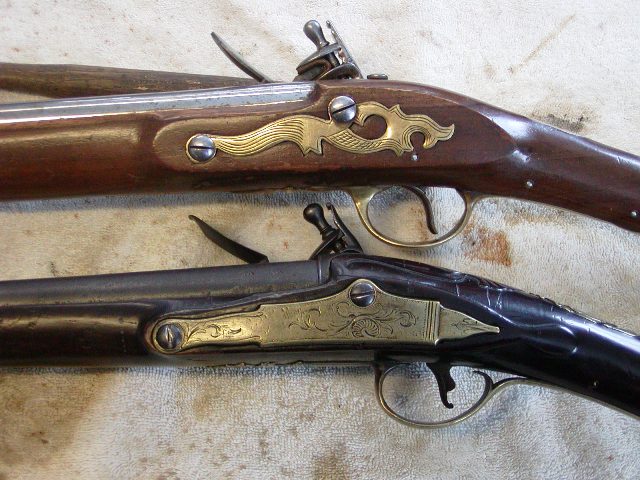
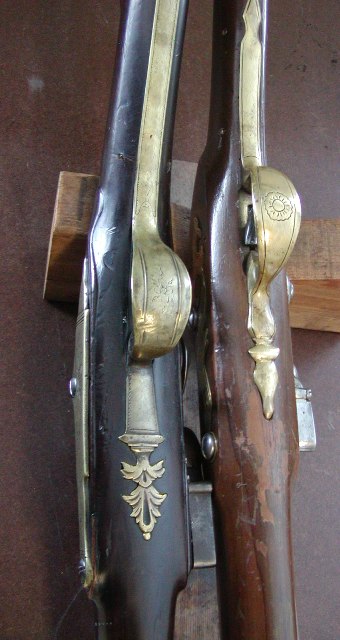
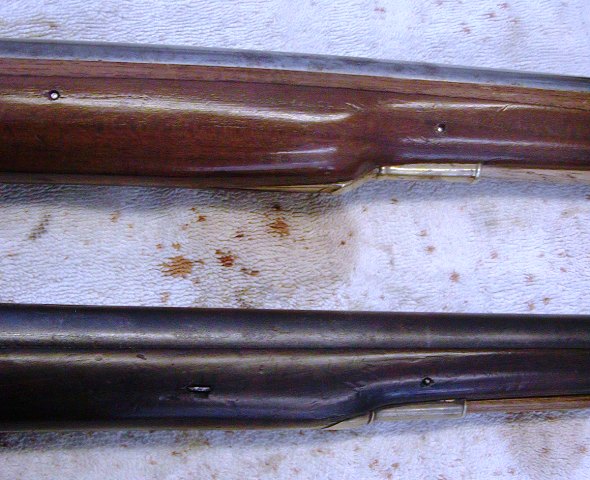
The English gun on the bottom was export quality and would not have been terribly expensive at the time.
dave

Here are some more detailed photos along with an original English fowler.





The English gun on the bottom was export quality and would not have been terribly expensive at the time.
dave













